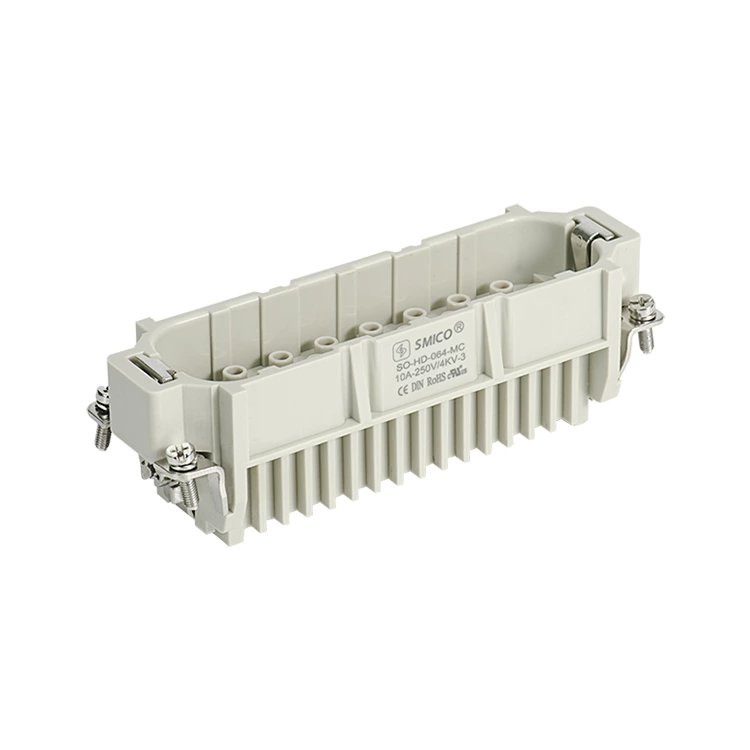Introduction To The Use Of Electrical Fittings And Testers
Connector Insert tester usage knowledge introduction:
11. How to use a low-voltage tester to determine the positive and negative poles of a DC power supply? When using a low-voltage tester to determine the positive and negative poles of a DC power supply, connect the test pen between the positive and negative poles of the DC power supply. The end of the neon tube that lights up is the positive pole of the DC power supply: the end of the neon tube that does not light up is the negative pole of the DC power supply.
12. How to use a low-voltage tester to distinguish between DC and AC power?
A low-voltage tester can be used to distinguish between DC and AC power: when AC power passes through the test pen, the two poles in the neon tube light up at the same time. When DC power passes through the test pen, only one of the two electrodes in the neon tube lights up.
13. How to use a low-voltage tester to determine the approximate voltage level?
A low-voltage tester can be used to determine the voltage level. During the test, the voltage level can be estimated based on the intensity of the neon tube. The darker the neon bulb, the lower the voltage; the brighter the neon bulb,
the higher the voltage.
14. How to use a low-voltage tester to determine the phase line and neutral line?
Low-voltage testers can be used to distinguish between phase lines and neutral lines: in an AC circuit, when the tester touches the wire, the neon tube that lights up is the phase line. Under normal circumstances, the neutral line will not make the neon tube light up.
15. How to use a low-voltage tester to identify the phase line touching the shell?
Low-voltage testers can be used to identify the phase line touching the shell: touch the outer shell of electrical equipment such as motors and transformers with a test pen. If the neon tube lights up, it means that the phase line of the equipment has touched the shell. If there is a good grounding device on the shell, the neon tube will not light up.

